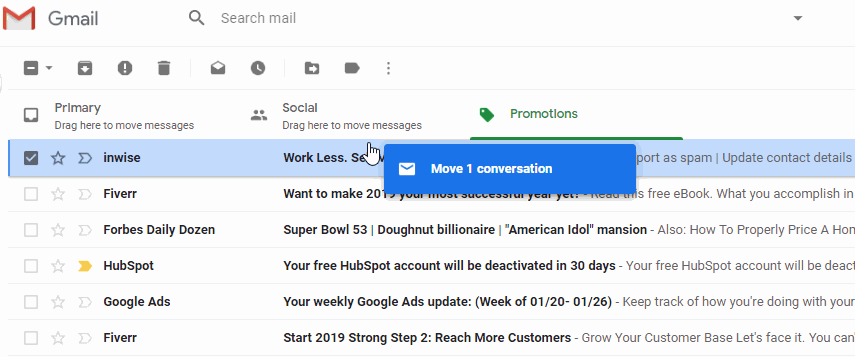Perhaps it is now the right time to wrap up and leave you with a few last points that I think are worth remembering –
Be realistic - Markets are volatile by nature. In contrast, if you're patient, markets can reward you fairly well. I mean "reward you fairly well" when I say a CAGR of 15-18%. It seems reasonable and realistic to me. Do not be swayed by abnormal short-term returns of 50-100 percent; even if it is possible, it may not be sustainable.
Long-term approach – I have discussed this topic in chapter 2 of why investors need to have a long-term approach. Remember, money compounds faster the longer you stay invested
Look for investable grade attributes – Look for stocks that display investable grade attributes and stay invested in them as long as these attributes last. Book profits when you think the company no longer has these attributes
Respect Qualitative Research – Character is more important than numbers. Always look at investing in companies whose promoters exhibit good character
Cut the noise and apply the checklist – No matter how much the analyst on TV/newspaper brags about a certain company, don't fall prey to it. You have a checklist; apply the same to see if it makes any sense
Respect the margin of safety – As this literally works like a safety net against bad luck.
IPOs – Avoid buying into IPOs. The price of an IPO is usually too high. However, if you were compelled to buy into an IPO, then analyze the IPO with equity research methodology
Continued Learning – It takes a lifetime to understand markets. You should always be seeking out new knowledge and learning new things.
Fundamental analysis is a valuation tool used by stock analysts to determine whether a stock is overvalued or undervalued by the market. It considers the economic, market, industry, and sector conditions in which the company operates and its financial performance.
Financial ratios generated from financial reports and government industry and economic reports are used to evaluate a company. Not every analyst uses the same tools or views a stock in the same way - you may determine that a stock is priced differently than another analyst. What is important is that the stocks you analyze meet your value criteria and that your analysis produces actionable information for you.











 1,499
1,499
